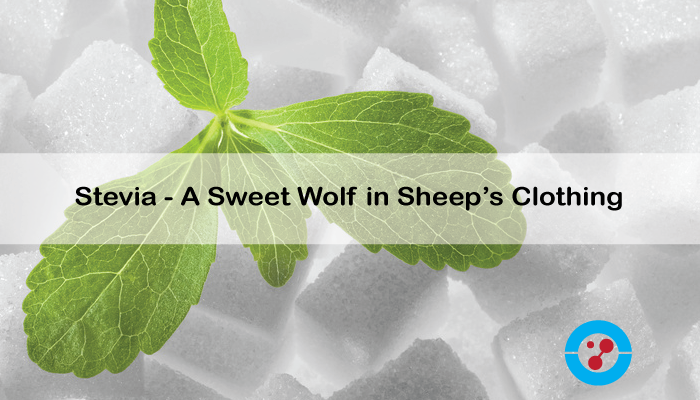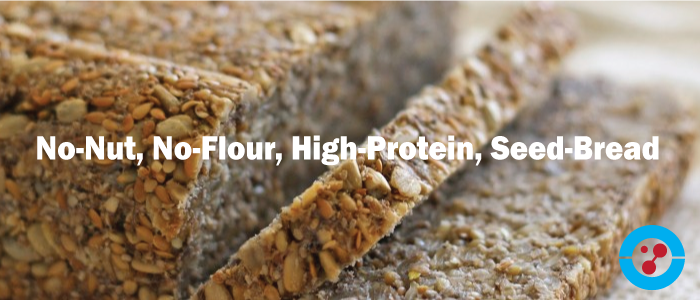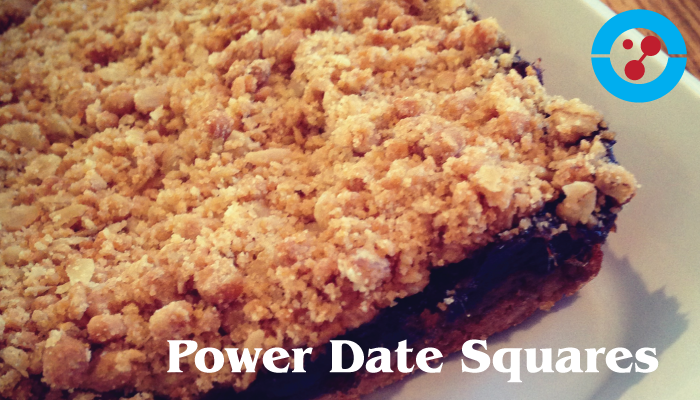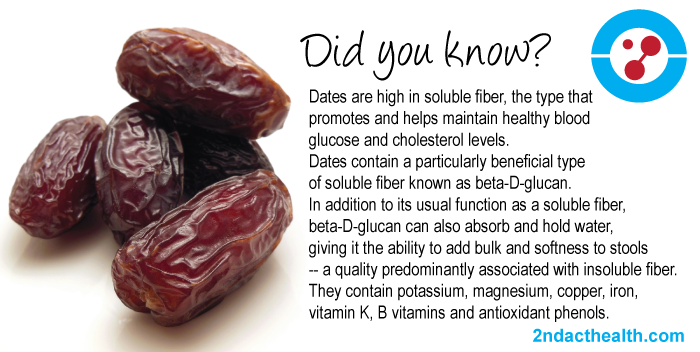
The stevia that is being added to everything these days is anything but “all natural.” These days it is in many products and supplements that are touted as “sugar-free” and “natural.”
In its original, unprocessed state, stevia’s molecular makeup triggers the tongue’s taste receptors for both sweet and bitter. But when scientists figured out how to chemically alter stevia, they snipped off the molecule’s less attractive, bitter bits. The result was a solely sweet product — one that’s up to 300 times sweeter than table sugar.
“‘Natural’ used to mean whole, as in holistic,” says Kevin Spelman, PhD, a principal scientist at Herb Pharm, a company that makes herbal extracts. “But the concentrated extraction of one particular fraction of stevia that exists in the little green packet is a far reach from how stevia appears in nature.”
Yikes… But there is more…
“In the context of human history, we haven’t been eating a lot of sugar or other sweeteners for very long — just decades, really,” says Paul Breslin, PhD, a researcher who studies taste perception in the Department of Nutritional Sciences at Rutgers in New Brunswick, N.J. “We don’t know what these dietary changes will do to us in the long run.”
Breslin is concerned about physiological changes sparked by eating a diet that includes additives that are hundreds (or even thousands) of times sweeter than naturally occurring sugars. The body is exquisitely sensitive to sweets, he notes, and receptors in the intestine respond to both sugar and sugar-like substitutes.
When sweetness receptors on the tongue are triggered, the body prepares itself for an onslaught of sugar. Whether or not that sugar ever arrives, our bodies may still release insulin, a powerful hormone with significant biological repercussions for blood sugar and more.
“We respond hormonally to sugars — and possibly high-potency sweeteners — in our mouths. We also have sweetness receptors in the intestines, liver, pancreas and brain,” says Breslin.
According to The Food Babe – Truvia (owned by Coca Cola) goes through about 40 steps to process the extract from the leaf, relying on chemicals like acetone, methanol, ethanol, acetonitrile, and isopropanol. Some of these chemicals are known carcinogens.
In addition to this there is added an added genetically modified corn derivative and a chemically laden fermentation process. Other products like Stevia in the Raw contain dextrose…
So, what to do?
We recommend keeping the sweet tooth at bay… cravings are often the body requiring real nutrients.
When you do need to bake or sweeten something – stick to honey or maple syrup and coconut palm sugar all in moderation – coconut palm sugar is nutritionally superior for magnesium, amino acids and a host of other things but a little goes a long way.
It should be also pointed out that of the few studies published to date – most were commissioned through companies with a vested interest in marketing and selling the stevia product.
In the mean time, food and dessert can easily be prepared without added sweetness.


